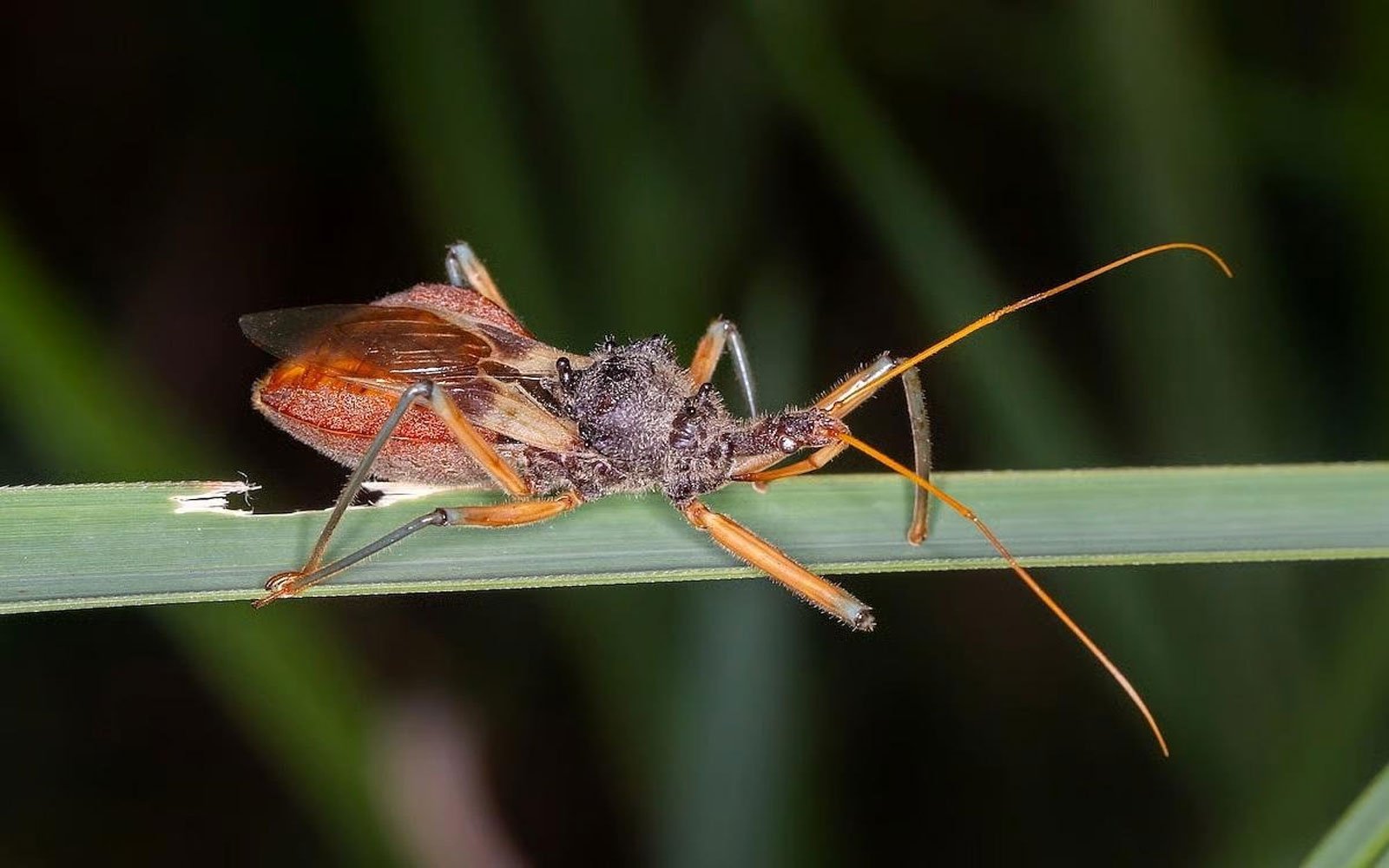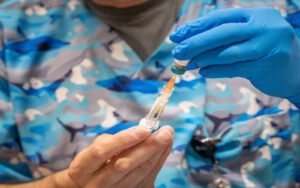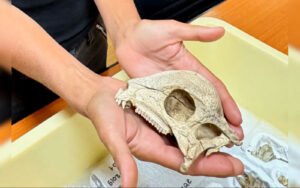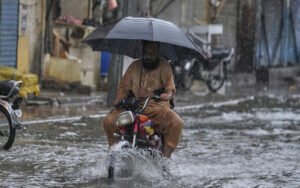Chagas disease in the US ‘Kissing Bug’ Disease (Chagas) Declared Endemic in the US Experts Warn of Rising Spread
1. Chagas disease in the US Recognized as Endemic in the US
Health experts are now urging that Chagas disease, caused by the parasite Trypanosoma cruzi carried by kissing bugs, be officially recognized as endemic in the United States. This recognition could change the way public health officials, doctors, and policymakers approach prevention, testing, and treatment.
2. CDC Report Sparks Renewed Attention
A new report published in the CDC’s journal Emerging Infectious Diseases highlights the increasing spread of Chagas. The authors stress the need for surveillance and funding in the US, warning that ignoring the disease will result in preventable suffering and deaths.
3.Chagas disease in the US How Chagas Spreads in Humans
Kissing bugs typically bite while a person is sleeping. The insect defecates near the bite, and when a person inadvertently rubs the feces into their eyes, mouth, or nose, the parasite enters the body. Transmission can also occur via blood transfusion, organ transplants, contaminated food, and pregnancy.
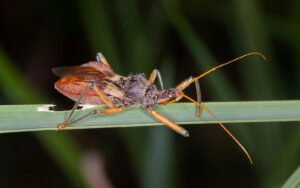 4. Symptoms and Health Risks
4. Symptoms and Health Risks
Early signs include fever, fatigue, body aches, rashes, and vomiting. Without timely treatment, about 30% of infected individuals develop serious complications such as heart failure, stroke, or long-term digestive problems. In some cases, Chagas can be fatal.
5. Why Doctors Miss Chagas Cases in the US
Most US doctors are not trained to look for Chagas in their patients. Many infections are only discovered when individuals donate blood, as blood banks have screened for Chagas since 2007. This lack of awareness delays treatment and increases risks.
6. Geographic Spread of the Kissing Bug
Kissing bugs have been identified in at least 32 states, with most populations thriving in the warmer Southern US. However, climate change is creating bug-friendly environments in more northern states, expanding the risk zone.
7. Infected Animals Signal Wider Threat
Researchers have confirmed infected wild mammals in at least 17 states, including raccoons, coyotes, armadillos, and opossums. Even pets such as dogs, cats, and horses have tested positive, showing that the parasite is embedded in US ecosystems.
8. Endemic Recognition Could Be a “Game-Changer”
Experts like Dr. Mario Grijalva believe declaring Chagas endemic in the US would be transformative. Official recognition could lead to stronger public health campaigns, better funding, and policy changes that prioritize surveillance and prevention.
9. Lessons from Latin America
Countries like Chile, Bolivia, and Argentina have implemented strong health programs, resulting in improved awareness and control. In contrast, nations with weaker efforts, such as Ecuador and Peru, face widespread ignorance about the disease.
10. Prevention Efforts and Gaps
The US has mosquito control programs nationwide but little to no structured initiatives against kissing bugs. Experts recommend sealing homes, using window screens, and spraying for insects, though no specific US-approved pesticide targets kissing bugs.
11. The Human Impact in Communities
In states like Florida, residents frequently send suspected kissing bugs to hospitals for testing. Doctors like Dr. Norman Beatty, who receives these specimens, warn that fear is justified given the parasite’s prevalence in local bug populations.
12. The Path Forward
Experts insist that without stronger surveillance and preventive programs, Chagas will remain a silent but deadly threat. Increased awareness among doctors, policymakers, and communities is key to reducing its spread and saving lives.
13.Public Health Risks of Chagas in the U.S.
The growing recognition of Chagas disease as endemic in the United States highlights a serious public health concern. With limited testing and awareness, many infected individuals go undiagnosed until the disease has progressed, often leading to chronic health problems such as heart failure and digestive complications. Public health systems must adapt quickly to monitor the spread and provide resources for prevention.
14.Lack of Awareness Among Healthcare Providers
One of the biggest obstacles in managing Chagas disease is the lack of awareness among healthcare providers. Many U.S. doctors are unfamiliar with the symptoms or do not consider Chagas as a possibility in their patients. This results in delayed diagnoses and worsened outcomes, as treatment is most effective in the early stages of infection.
15.Climate Change and Bug Migration
Experts warn that climate change is accelerating the spread of kissing bugs into new regions. Warmer temperatures and changing ecosystems create ideal conditions for these insects to survive further north than before. Without aggressive monitoring and prevention efforts, the risk of new outbreaks across the U.S. will continue to grow.
16.Community-Level Preventive Measures
Communities in states like Texas and Arizona are beginning to take preventive steps, such as improving home sealing and raising awareness about insect control. Simple actions like using window screens and reducing outdoor lighting at night can help reduce exposure to kissing bugs. These community-level strategies are vital while larger government programs are still lacking.
17.Importance of Global Collaboration
Chagas disease is not just a U.S. issue — it’s a global health concern. Collaboration with Latin American countries that have decades of experience managing the disease could help the United States adopt more effective prevention and treatment strategies. Learning from international models is key to reducing the long-term impact of Chagas within U.S. borders.
Internal & External Link :
For more updates on global health issues, visit News Updates Health Section.
External Link: CDC Chagas Disease Information

